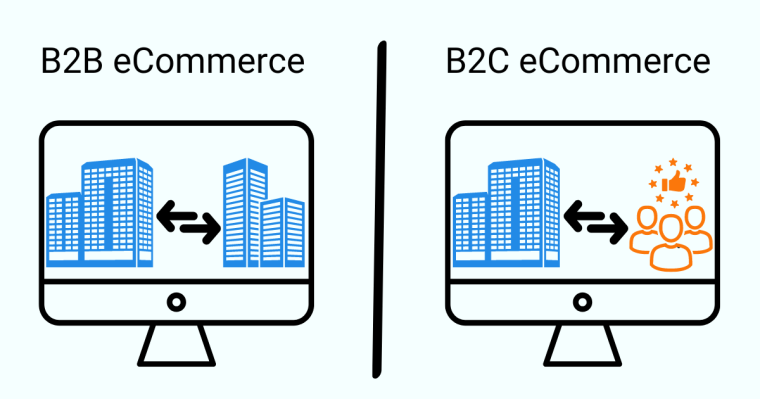B2C, or business-to-consumer, encapsulates the retail model where businesses sell products and services directly to individual consumers, distinct from selling for resale or business use.
This approach, spanning from traditional retail to modern e-commerce, targets the end user’s personal needs and preferences.
Key Takeaways
- Diverse Models: B2C encompasses various business models, from direct sellers like Nike and Dell, intermediaries like eBay, advertisement-driven platforms like BuzzFeed, community-based networks like Facebook, to subscription services like Netflix.
- E-commerce Advantages: E-commerce has revolutionized B2C by offering broader market reach, reduced overhead costs, enhanced inventory and promotion flexibility, invaluable customer insights, and unparalleled convenience for consumers.
- Inherent Challenges: Despite its benefits, B2C companies navigate a competitive landscape requiring strong branding, effective customer acquisition and retention strategies, personalized shopping experiences, rigorous data security, and adept inventory management.
- B2C vs. B2B: Unlike B2B sales, which involve complex transactions between businesses, B2C focuses on quick, emotion-driven purchases by individual consumers, reflecting the fundamental differences in strategy, marketing, and customer engagement between these two ecommerce realms.
What Is B2C?
B2C stands for “business-to-consumer” and refers to the retail business model of selling products and services directly to the end consumer. B2C companies sell goods and services targeted for individual use rather than for resale or business operations.
B2C commerce has existed for centuries in the form of small businesses, general stores, retail shops, restaurants, and other outlets that sell their items directly to consumers. However, the term “B2C” became widely used in the late 1990s with the rise of ecommerce websites selling to consumers online.
Types of B2C Models
The five primary B2C business models include:
- Direct Sellers: Online retailers that sell products directly from their own inventory. Examples are brands that operate online stores like Nike, Dell, and Target.
- Intermediary Sellers: Companies that connect third party buyers and sellers without taking ownership of the available inventory. Some examples include Mercadolibre, Etsy, and eBay.
- Advertising-Based: Companies that offer free content supported by advertisements that ultimately sell goods to consumers. Media outlets like BuzzFeed and TechCrunch fit this description.
- Community-Based: Leveraging online communities centered around shared interests to enable targeted advertising. Social networks like Facebook and Instagram are community-based platforms.
- Fee-Based: Providers of digital content or services that charge consumers a recurring subscription fee for access. Netflix and Spotify are prominent examples of fee-based B2C companies.
Benefits of B2C Ecommerce
The rise of ecommerce expanded B2C capabilities and opened new opportunities, including:
- Broader Reach – A website storefront expands its total addressable market beyond its natural geographic limits.
- Lower Overhead – Online selling reduces costs associated with operating physical retail locations.
- Flexibility – Merchants can easily update their inventory, prices, and promotions.
- Customer Data – Detailed purchase history and traffic analytics provide customer insights that can be used to increase sales and inventory turnover.
- Convenience – 24/7 store access and delivery options add convenience for time-pressed consumers.
Challenges for B2C Companies
However, B2C businesses also face unique challenges, such as:
- Highly Competitive – The B2C space includes endless competitors fighting for market share. Branding and differentiation are essential.
- Customer Acquisition – Marketing costs to acquire new customers continuously rise with competition. Customer retention is critical in B2C models.
- Personalization – Customers expect personalized recommendations and tailored shopping experiences.
- Security – Protecting customer data and preventing fraud require vigilance and advanced security measures.
- Inventory Management – Forecasting demand and optimizing inventory to minimize waste and scarcity is both an art and science.
B2C vs. B2B Ecommerce
While B2C focuses on individual consumers, B2B companies sell specialized products and services to other businesses rather than selling to consumers.
B2B transactions often have longer, more complex sales cycles and focus on rational metrics like costs and specifications rather than emotional factors that commonly drive B2C purchases.

